
Think about it. We’ve been using Windows with large screens almost all our life. It still remains the most popular desktop/laptop OS, used by people of all ages, and even though Google’s ChromeOS and Apple’s MacOS are strong contenders, there’s a certain framework that Windows uses that’s universal. A start button and taskbar at the bottom, files and folders appearing as windows that can be minimized and maximized, and a screen that’s conducive to power-usage and multitasking. Windows is the perfect big-screen OS for small or large jobs, and for complicated work as well as basic web browsing.
When you think of folding phones, the first use case that comes to mind is multitasking… a feature that mobile OS’s haven’t really enabled well enough. I still don’t know how to use apps in split-screen in Android, and even though I sort of know my way around iOS, I rarely see myself multitasking, even on my iPad. On my laptop, it happens without me even thinking or knowing. I’ve got Chrome open, but also a folder open in the background, a notes app on my desktop, and photoshop minimized, ready to be used. The estate provided by a large screen just makes things easier, and the Windows OS really enables this in a way that’s so easy to use, it gets taken for granted.
Now when you look at Microsoft’s vision of a folding phone, like the Surface Note concept shown below (also referred to as Project Andromeda by Microsoft), you’ll instantly realize that it’s running Windows (albeit in tablet mode), rather than a mobile OS built for screens no larger than 6 inches. The OS replicates the familiar desktop experience that actually makes a large screen useful. Fold the Surface Note in half when you need a phone (the OS is still perfectly useful), and open it into its larger format to use multiple apps together. The process feels incredibly natural, given how familiar we are with the Windows OS, and the larger screen’s functionality is further extended with the presence of the Surface Stylus. The stylus is even allowed to be carried ‘inside’ the Surface by simply wedging it in like a bookmark (although I’d probably be very concerned about damaging that display). Microsoft still seems to be working on developing their super-secret folding gadget, although people HAVE discovered several patents online. Personally, this could honestly be a pretty big deal for Microsoft. Whether you like it or not, they’ve had the monopoly on large-screen operating-systems meant for power-users all along. Android and iOS may be at a genuine disadvantage here, because their OS wasn’t developed for full-featured multitasking… Windows for desktop and tablet, on the other hand, has. If they can manage to deliver on a device that allows you to carry that large-screen (and its world of functionality) in your pocket, that’s just an incredible win for the company, and the OS!
Designer: Ryan Smalley










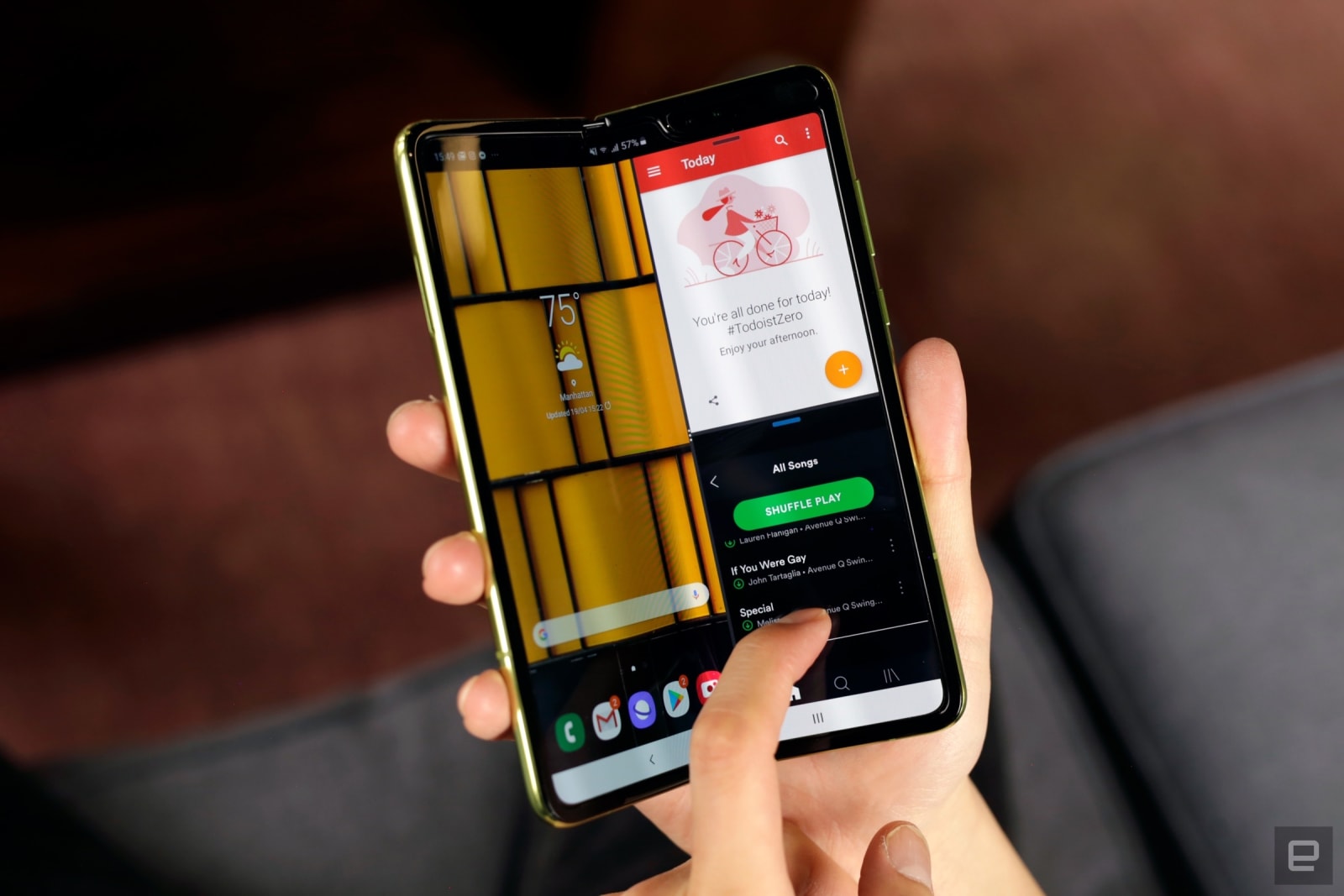 If you were jittery about reports of broken Galaxy Fold review units, you might not be the only one. Wall Street Journal sources claim Samsung has delayed the release of the folding smartphone until "at least" May after reviewers mentioned display i...
If you were jittery about reports of broken Galaxy Fold review units, you might not be the only one. Wall Street Journal sources claim Samsung has delayed the release of the folding smartphone until "at least" May after reviewers mentioned display i...
 If you were jittery about reports of broken Galaxy Fold review units, you might not be the only one. Wall Street Journal sources claim Samsung has delayed the release of the folding smartphone until "at least" May after reviewers mentioned display i...
If you were jittery about reports of broken Galaxy Fold review units, you might not be the only one. Wall Street Journal sources claim Samsung has delayed the release of the folding smartphone until "at least" May after reviewers mentioned display i...
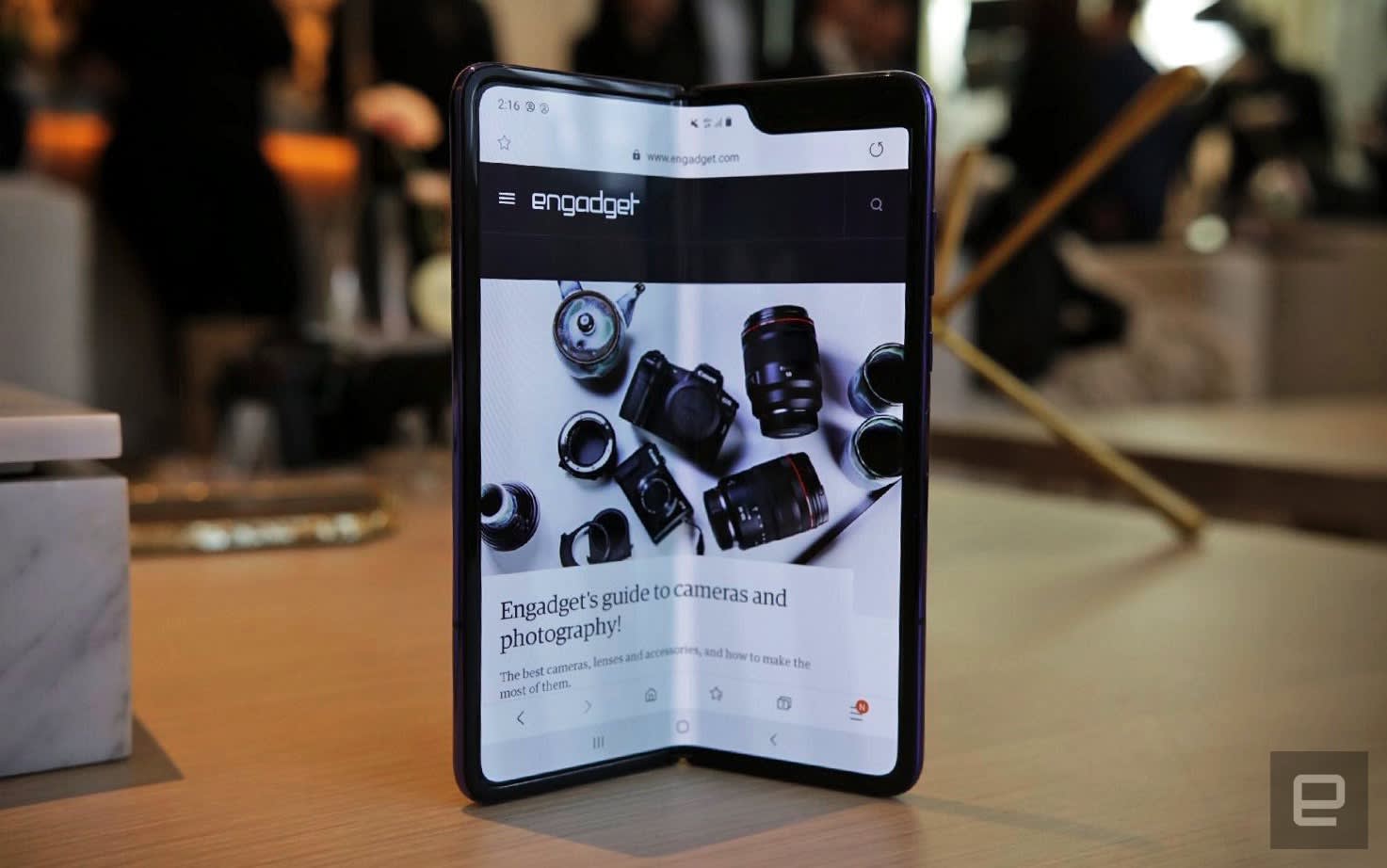 Early Samsung Galaxy Fold adopters might be in for a surprise, judging by some journalists who reported some serious issues with their review units. The Verge's Dieter Bohn claimed a bulge that appeared in the crease of the display broke the screen a...
Early Samsung Galaxy Fold adopters might be in for a surprise, judging by some journalists who reported some serious issues with their review units. The Verge's Dieter Bohn claimed a bulge that appeared in the crease of the display broke the screen a...










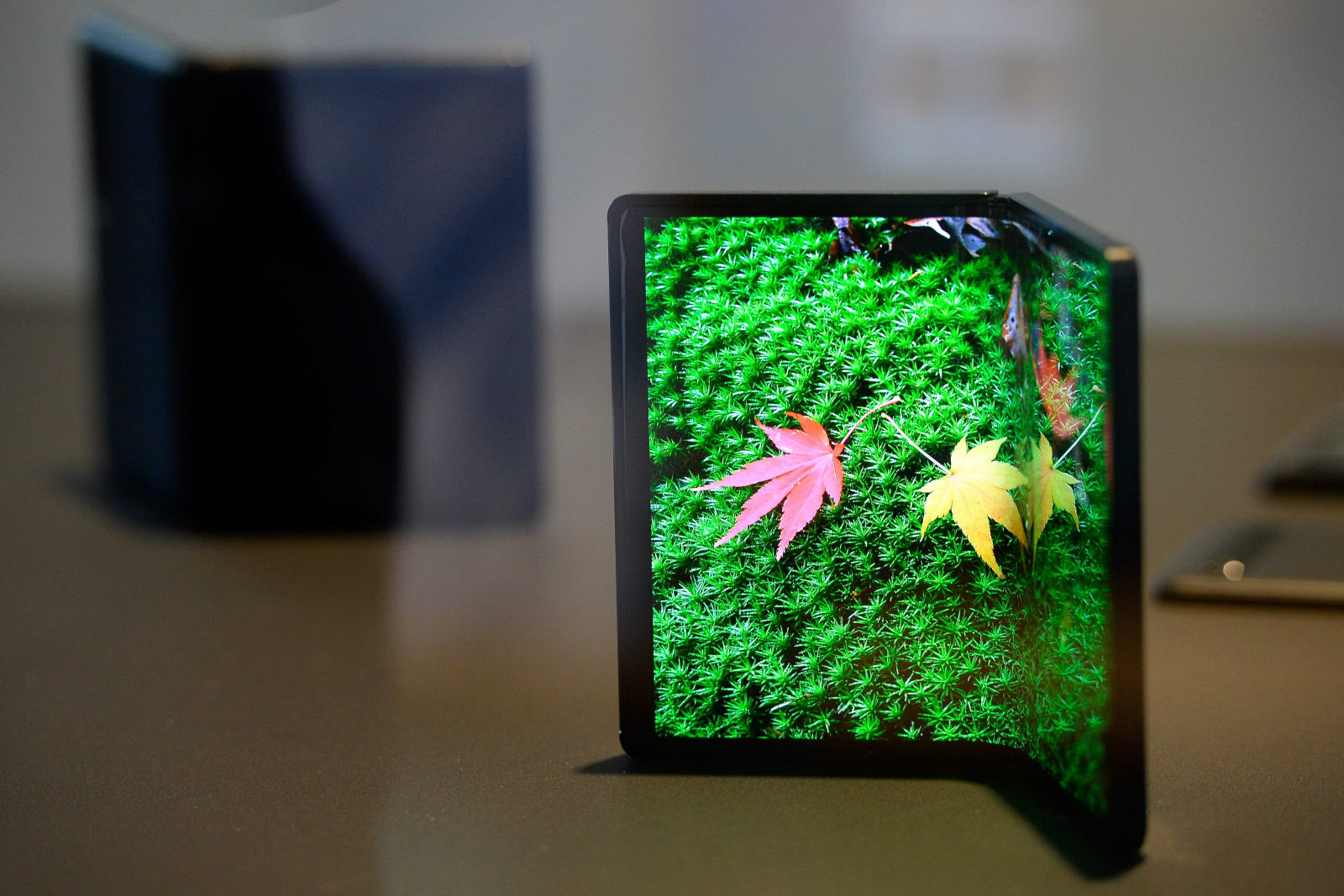 Foldable phones arrived in a big way over the last month, but there's a fundamental problem that they haven't quite figured out. The buzzworthy phones introduced at Samsung's Unpacked and MWC aren't truly foldable; they're bendable. The good news is...
Foldable phones arrived in a big way over the last month, but there's a fundamental problem that they haven't quite figured out. The buzzworthy phones introduced at Samsung's Unpacked and MWC aren't truly foldable; they're bendable. The good news is...







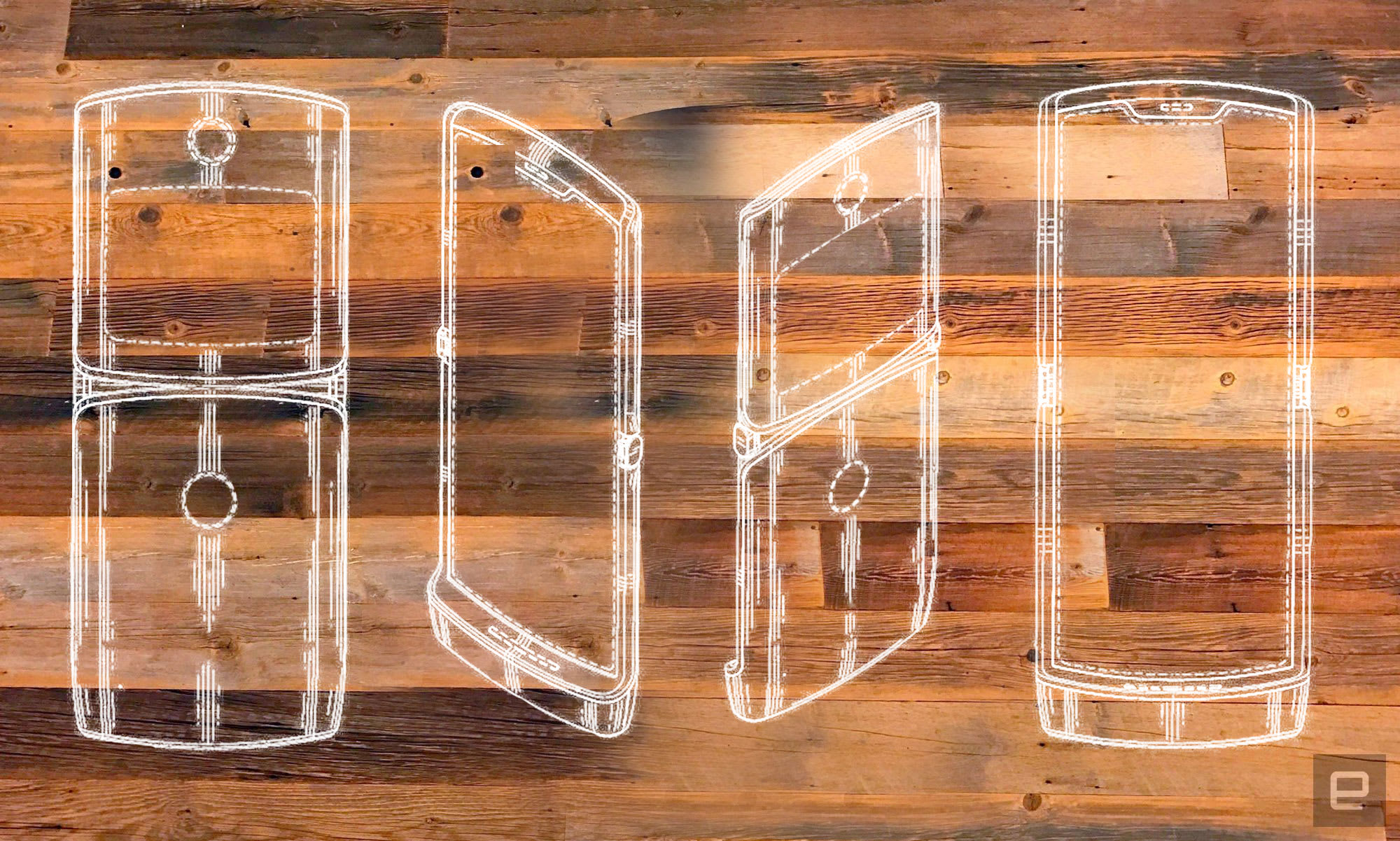 By now, it's not much of a secret that Motorola is working on a folding phone of its own: A patent for such a device surfaced late last year, and a subsequent Wall Street Journal report basically confirmed the company's plans. Despite the ensuing hyp...
By now, it's not much of a secret that Motorola is working on a folding phone of its own: A patent for such a device surfaced late last year, and a subsequent Wall Street Journal report basically confirmed the company's plans. Despite the ensuing hyp...










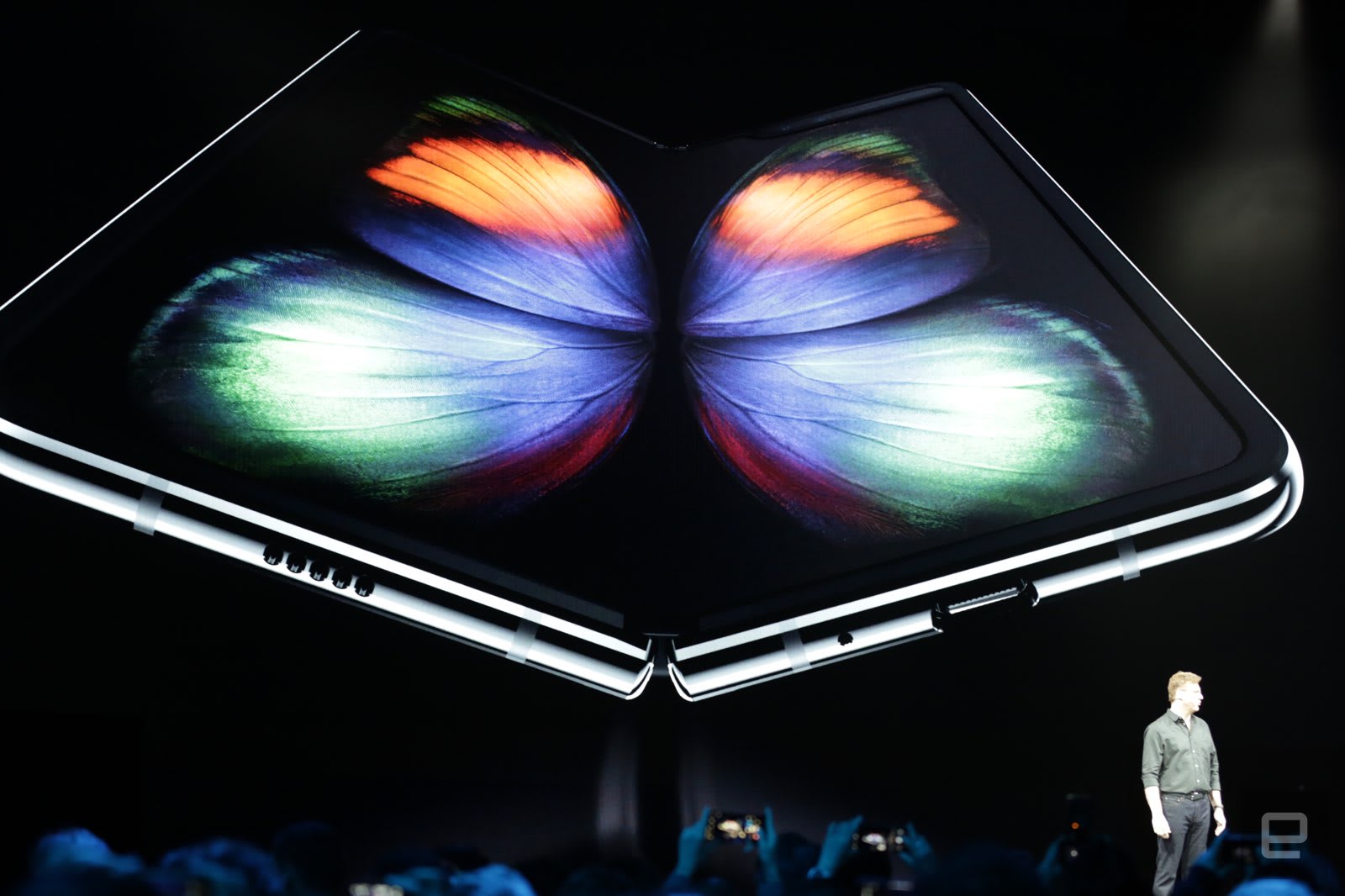 To the surprise of absolutely no one who paid attention to Samsung's hype-building for Unpacked, it had more to reveal about its foldable phone. The device is now officially known as the Galaxy Fold, and much like the prototype we saw back in Novembe...
To the surprise of absolutely no one who paid attention to Samsung's hype-building for Unpacked, it had more to reveal about its foldable phone. The device is now officially known as the Galaxy Fold, and much like the prototype we saw back in Novembe...
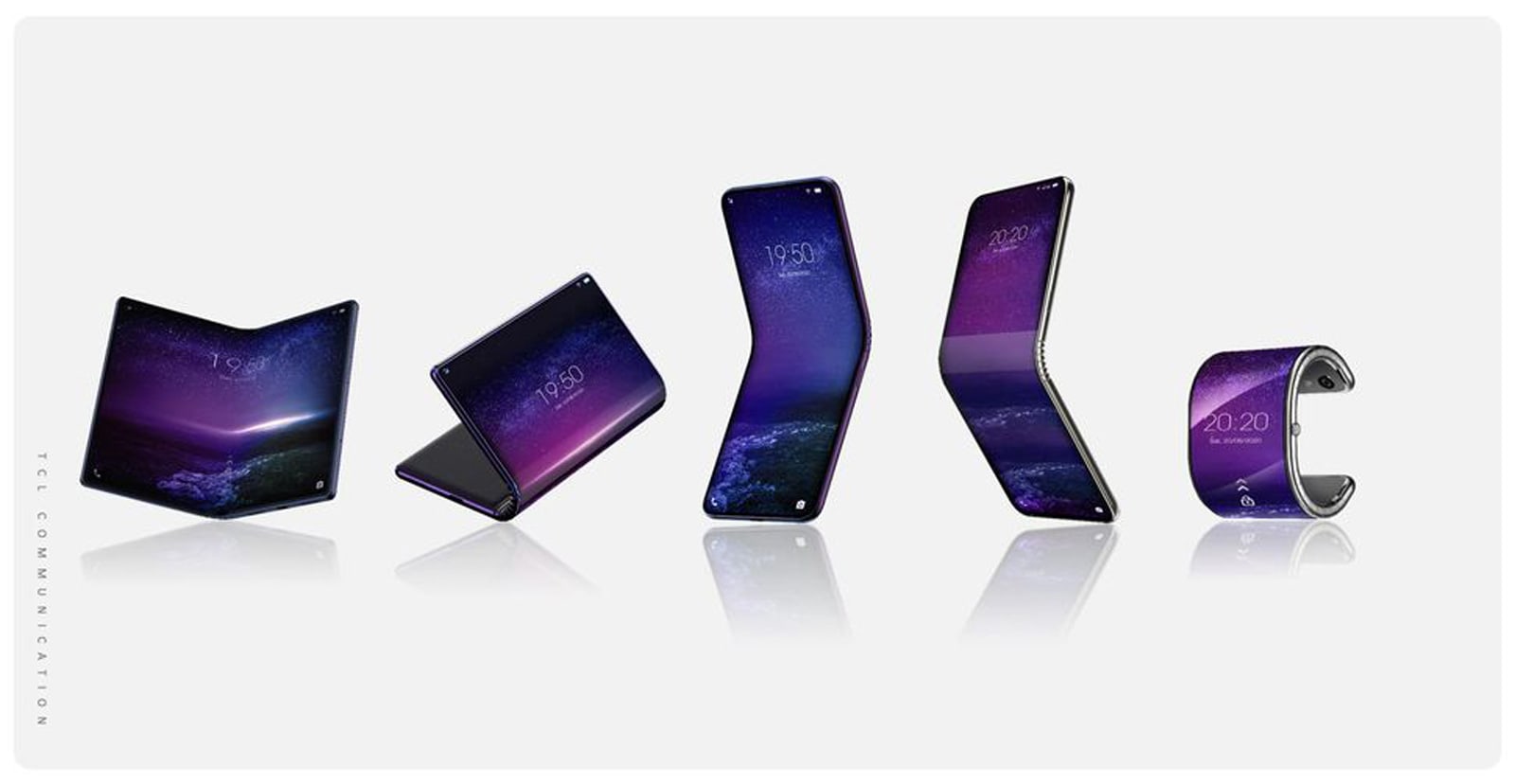 Multiple companies have ideas as to how they'll develop folding smartphones. TCL, however, isn't content to settle on one -- it's seemingly tackling them all. CNET has obtained images and patent filings that show TCL exploring five foldable designs...
Multiple companies have ideas as to how they'll develop folding smartphones. TCL, however, isn't content to settle on one -- it's seemingly tackling them all. CNET has obtained images and patent filings that show TCL exploring five foldable designs...